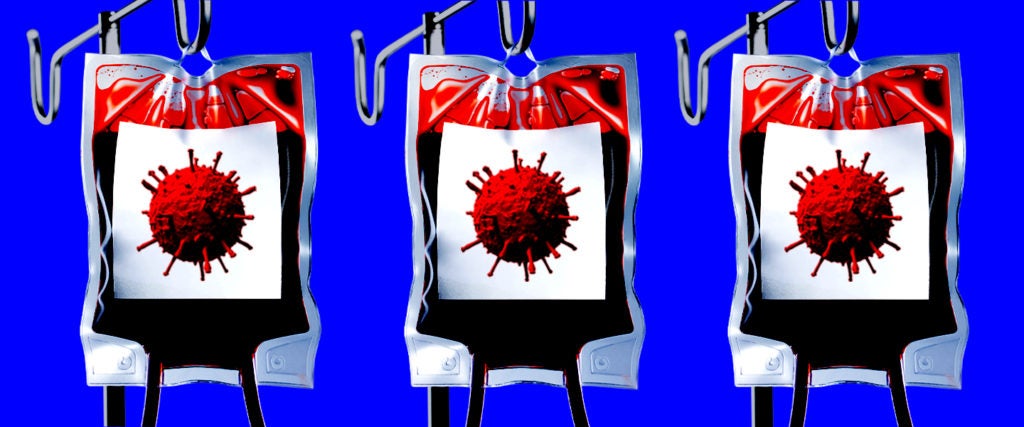A few months into this pandemic, we still only have a vague understanding of who experiences the worst of COVID-19. It seems that for the most part, it’s the elderly and people with severe underlying conditions who are most likely to undergo the most strenuous and deadly cases. The exceptions to that rule, however, are more confounding. Younger people in good health have wound up on ventilators, too, and we really don’t know why that is. But a study published in mid-June in the New England Journal of Medicine points to at least one potential clue — blood type.
Among 1,980 confirmed COVID-19 cases at hospitals in Spain and Italy, researchers found that patients with Type A blood were 50 percent more likely to need a ventilator or oxygen support than people of most other blood types, with Type O patients 50 percent less likely to need such breathing assistance. In both Spain and Italy, each blood type represents around 36 percent of the population. The study gave more detailed analysis to gene variants, particularly the ones that determine blood type and the immune system (again, researchers found a correlation between the presence of genome clusters on specific chromosomes and severe COVID cases).
What does this actually mean for you, though?
Not a whole lot.
First of all, many of us don’t even know our own blood type, never mind the finer details of our genetic profile. Secondly, our genetic profile is just that –– genetic. If you and your family members are genetically predisposed to lung or immune disorders, you likely already know that you may be at a higher risk of complications. Our blood type, too, is genetic. So, if we inherit our blood type from our parents, we’ve likely inherited other aspects of their genetic profile as well.
Further, the sample size is relatively small. Nearly 2,000 people is a significant number, but on the grand scale of COVID-19 patients, this doesn’t necessarily tell us much about how the illness manifests itself in the U.S. Our population is six times larger than the population of Italy, and seven times larger than Spain. While the U.S. overall has similar percentages of Type O and Type A blood compared to Spain and Italy, these percentages vary by race: For example, the percentage of Black and Latinx people with Type O blood is closer to 50 percent. Given the differences in population, it’s difficult to say how well the genetic profile of Spain and Italy compares to the U.S. in this context.
The study certainly points to a crucial area of further research, but at the moment, it doesn’t tell us much about individual risk level. The participants in the study were mostly men between the ages of 55 and 75, a significant portion of whom already had hypertension, making them more susceptible to complications to begin with. Still, the link between blood type and needing a ventilator certainly seemed to exist among this group, and hopefully, researchers can figure out how to keep more people alive because of it.
For now, though, having Type O-positive blood doesn’t give you an excuse to go out.

